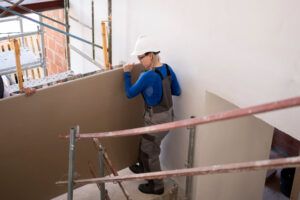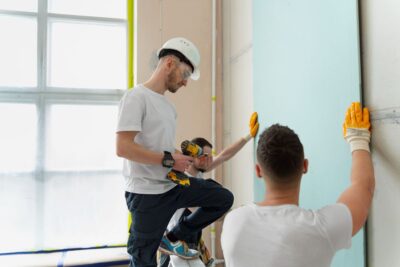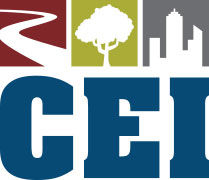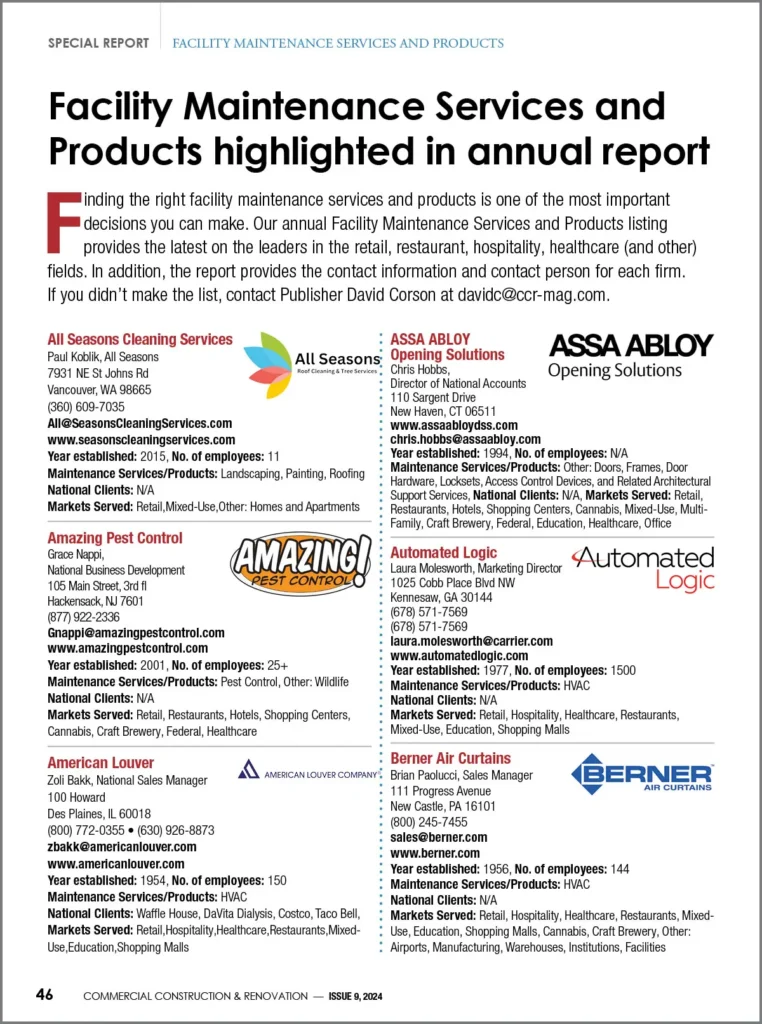Enhancing construction demands a focus on both efficiency and sustainability, particularly in the realm of temporary wall solutions. These innovative systems offer a dual benefit by providing adaptable partitioning options while also minimizing environmental impact. By strategically implementing temporary wall solutions, construction projects can streamline operations, ensuring seamless space management and swift adjustments to evolving project needs. Moreover, these solutions contribute to sustainability goals by reducing the reliance on permanent structures, thereby minimizing material usage and waste generation. Embracing such efficient and sustainable practices not only enhances project timelines and cost-effectiveness but also underscores a commitment to environmentally conscious construction methodologies, including effective construction dust control measures.
The Evolution of Temporary Wall Solutions
Temporary walls, traditionally used for partitioning spaces during construction, have evolved from simple drywall structures to sophisticated systems designed for multi-functional purposes. Today, these solutions cater to a wide range of industries, including commercial, residential, healthcare, and event management. The increasing demand for temporary walls has driven innovation in design, materials, and construction techniques, leading to more efficient and sustainable solutions.
Versatile and Efficient Construction Solutions

Improved construction efficiency is achieved by incorporating versatile partitioning systems that can adapt to changing project requirements. These dynamic solutions play a vital role in streamlining construction processes by facilitating seamless space management. With their easy installation, modification, and dismantling capabilities, these systems empower construction teams to rapidly adjust spaces as needed, allowing for the concurrent advancement of various project phases. An effective application of these systems is during emergency crisis situations, such as post-natural disasters, where quick and cost-effective emergency temporary housing is essential to aid those in need. The flexibility of these partitioning systems not only saves valuable time but also enhances cost-effectiveness by eliminating the necessity for permanent structures and reducing associated expenses.
Sustainability in Construction: Materials and Design
The construction industry is increasingly recognizing the importance of sustainable practices, driven by environmental concerns and a global push towards greener solutions. Temporary walls are no exception, with a growing emphasis on eco-friendly materials and design innovations.
Many modern temporary wall systems are constructed using sustainable materials such as recycled steel, aluminum, or eco-friendly composites. These materials not only reduce the environmental impact of construction but also contribute to the overall durability and longevity of the temporary walls.
Innovative design plays a crucial role in enhancing the sustainability of temporary wall solutions. Integrating energy-efficient features, such as insulation materials and soundproofing technologies, not only improves the functionality of the walls but also aligns with the growing demand for environmentally conscious construction practices.
Reusable and Recyclable Solutions

Optimizing sustainability in temporary wall solutions goes beyond the choice of materials and design. Reusability and recyclability are key factors that contribute to the eco-friendliness of these systems. Unlike traditional construction methods that often result in significant waste, temporary walls are designed to be reused multiple times.
Modular retail wall systems can be disassembled and reassembled in different configurations for various projects. This adaptability not only reduces the need for new materials but also minimizes construction-related waste. Additionally, the materials used in these systems are often recyclable, ensuring that they can be repurposed at the end of their lifecycle.
Technological Advancements in Temporary Wall Solutions
As technology continues to advance, it is playing a pivotal role in optimizing temporary wall solutions for efficiency and sustainability. Digital tools, such as Building Information Modeling (BIM), allow for precise planning and coordination, minimizing errors during the construction process. This results in smoother installations, reduced rework, and enhanced overall efficiency.
Smart temporary wall systems equipped with sensors and automation technologies contribute to energy efficiency and better resource management. These systems can adjust lighting, heating, and ventilation based on occupancy and usage patterns, reducing energy consumption and operational costs.
Sustainable Construction with Temporary Walls
As the construction industry continues to embrace these advancements, the benefits of temporary walls extend beyond their immediate functionality. They serve as a symbol of progress, showcasing how thoughtful design, resource efficiency, and a commitment to sustainability can coexist to meet the ever-growing demands of the built environment. In the pursuit of optimized construction, temporary walls stand as a testament to the industry’s ability to adapt and innovate for a brighter and greener future.












 The 2024 virtual Men’s Round Table will be held Q4, 2024, date TBD.
The 2024 virtual Men’s Round Table will be held Q4, 2024, date TBD.













